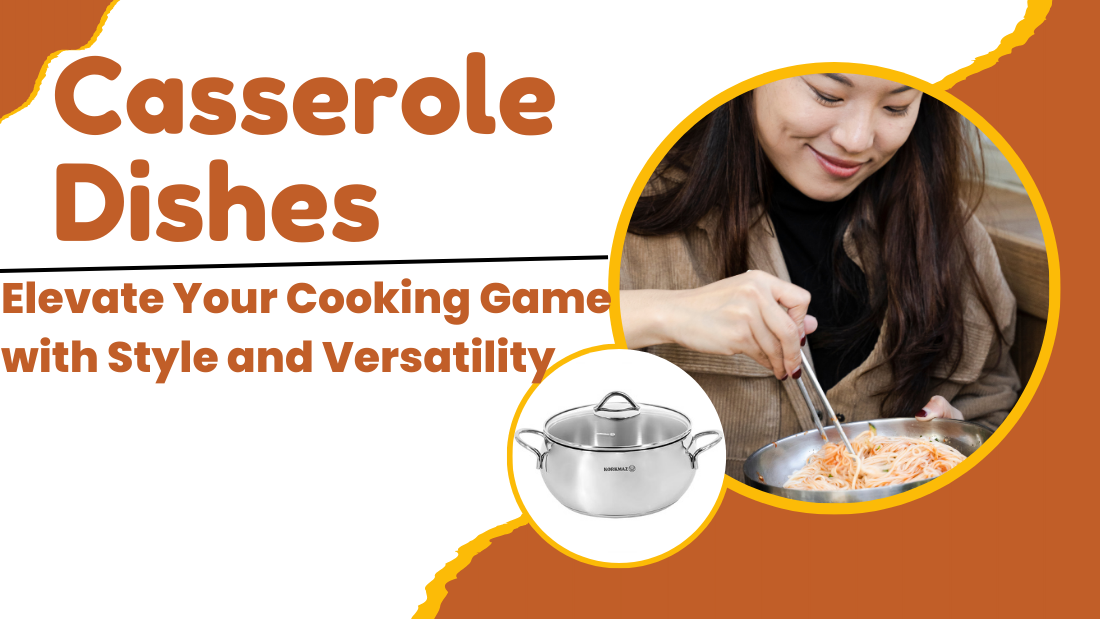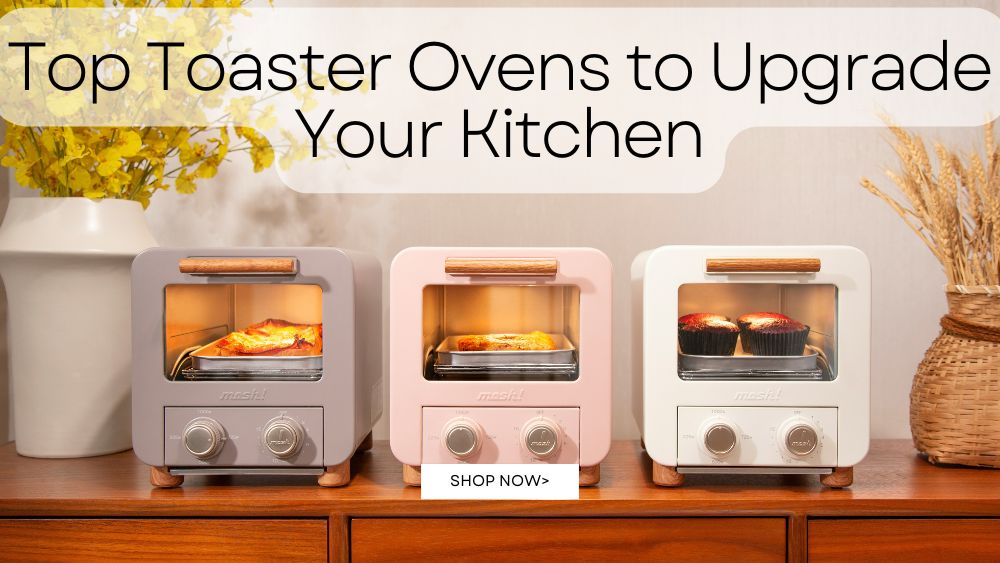Casserole dishes are an indispensable part of any kitchen. These versatile tools not only help you create a variety of recipes but also offer the convenience of one-dish meals that can seamlessly transition from the oven to the table. Whether you're a seasoned chef or a casual cook, understanding the key factors that impact your choice of casserole dishes can enhance your cooking experience. This article will explore the critical aspects of casserole dishes, the tradeoffs involved in balancing different factors, and the challenges you might encounter when making decisions about your cooking tools.
What Makes a Great Casserole Dish?
1. Material Composition
Casserole dishes are made from a range of materials, including ceramic, glass, cast iron, and stainless steel. Each material has unique properties that affect cooking performance:
-
Ceramic: Known for its even heat distribution, ceramic casserole dishes excel at retaining heat, making them ideal for slow-cooked meals. However, they can be fragile and prone to chipping.
-
Glass: Transparent and non-reactive, glass dishes allow you to monitor cooking progress easily. While affordable, they can be less durable than other options.
-
Cast Iron: Often enameled for a non-stick finish, cast iron dishes are durable and versatile. They’re great for high-temperature cooking but are heavier and require more care.
-
Stainless Steel: Lightweight and durable, stainless steel dishes are excellent for quick cooking. However, they may not retain heat as well as ceramic or cast iron.
Tradeoffs:
Choosing the right material involves weighing durability against functionality. While ceramic and cast iron offer superior heat retention, their weight and fragility can be drawbacks for some users.
2. Size and Shape
Casserole dishes come in various sizes and shapes to accommodate different recipes and serving needs:
-
Rectangular: Rectangular casserole dishes Perfect for lasagnas and sheet bakes.
-
Round: Round casserole dishes Ideal for stews, cobblers, and other circular dishes.
-
Individual Portions: Small, single-serve dishes add a touch of elegance to meals but may require more storage space.
Tradeoffs:
A larger dish is versatile for family-sized meals but may be cumbersome to handle and clean. Conversely, smaller dishes save space but may limit your recipe options.
Design Features That Matter
1. Lids
Some casserole dishes come with lids, which help retain moisture and enhance flavors during cooking. Glass lids allow for easy monitoring, while ceramic or cast iron lids offer better heat insulation.
2. Handles
Sturdy handles are crucial for safely transferring dishes from oven to table. Look for handles like lid and fox wood handle that provide a secure grip, especially for heavier materials like cast iron.
3. Aesthetic Appeal
Many casserole dishes are designed to double as serveware. Elegant designs and vibrant colors can elevate your table presentation, but these aesthetic features often come at a premium price.
Challenges and Considerations
Durability vs. Cost
High-quality casserole dishes are an investment, but not everyone can afford premium options. Balancing durability with budget constraints requires careful consideration. For example, while a cast iron dish may last decades, it’s significantly more expensive than a glass dish.
Maintenance Requirements
Different materials require different levels of care:
-
Ceramic and glass dishes are generally dishwasher safe but can crack under extreme temperature changes.
-
Cast iron requires seasoning to maintain its non-stick surface and prevent rust.
-
Stainless steel is low-maintenance but may require polishing to maintain its appearance.
Environmental Impact
The sustainability of the material is another factor to consider. Ceramic and cast iron are more eco-friendly due to their longevity, whereas cheaper, less durable options may contribute to waste.
Enhancing Your Cooking with Casserole Dishes
The versatility of casserole dishes makes them suitable for a wide range of recipes, including:
-
Baked Pasta: A crowd-pleaser that benefits from even heat distribution.
-
Roasted Vegetables: Retain nutrients and enhance flavors in a ceramic or glass dish.
-
Desserts: Use smaller dishes for cobblers or bread puddings.
Conclusion
Casserole dishes are more than just a kitchen item; they are a cornerstone of efficient and stylish cooking. When choosing the right dish, consider material, size, design, and maintenance requirements to find a tool that complements your cooking style. While tradeoffs between durability, cost, and aesthetics are inevitable, the right casserole dish can significantly enhance your culinary repertoire. By investing in a high-quality casserole dish, you’re not just elevating your cooking game—you’re creating memorable dining experiences for years to come.











